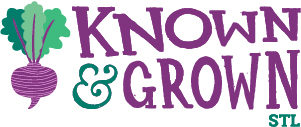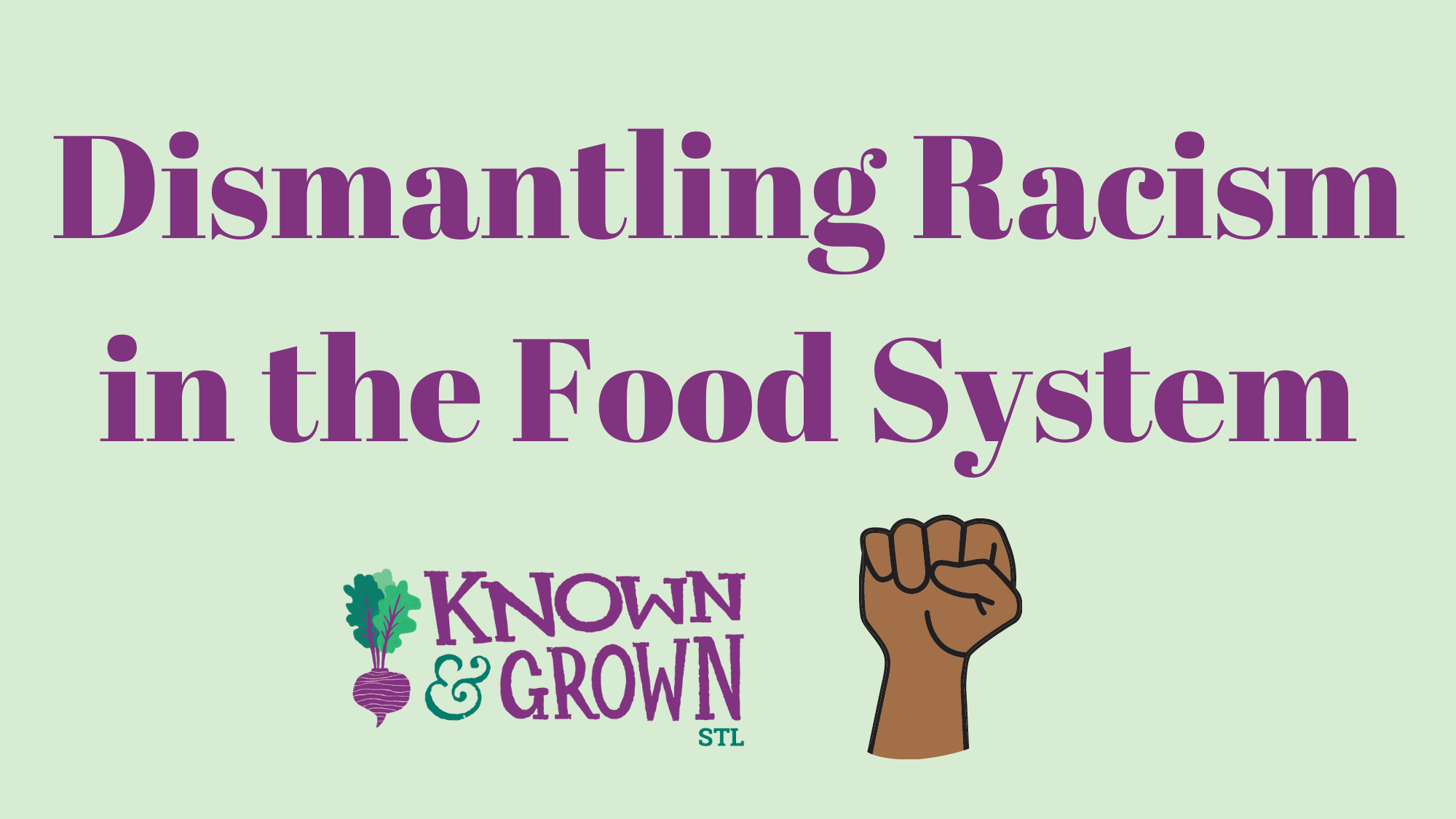Racism is the systemic mistreatment of people based on their ethnicity or skin color. It affects all aspects of our society, including our food system. While racism has no biological foundation, the socioeconomic and political structures that exploit people of color, alongside the widespread misinformation about race, cultures, and ethnic groups, make racism one of the biggest causes of poverty, hunger, and malnutrition.
Despite how prevalent racism is in the United States, it is rarely mentioned in programs designed to bring food aid and agricultural development. Racism is rarely ever identified as the cause of high hunger rates, food insecurity, pesticide poisoning, and diet-related disease among people of color. The concept of racism has long existed but truly began with the exploitation of enslaved POC.
Enslaved human beings on plantations allowed slave systems to overpower normal wage labor. With slavery, human beings were bought and sold like property. The social justification for slavery was the alleged biological inferiority of the people who were used as property. It also required religious and scientific reason constructed on the new concept of “race.” Although those enslaved came from several regions of West Africa, they were classified as Black and despite slave owners coming from different areas of Europe, they were classified as White. Slavery and colonization brought “scientific” misinformation that attempted to classify human beings based on their physical traits. Erasing the cultural backgrounds of the world’s people was a shameful exercise, but it survived because it supported the control of the world’s land, labor, and capital.
The trauma of racism is inescapable. Now, people of color can internalize racial misinformation, which reinforces racial stereotypes. White privilege can also immobilize white communities. Both internalized racism and white guilt are paralyzing and make racism challenging to confront and interrupt. Difficult, but not impossible.
Oppressed communities have developed ways of healing trauma. There are even counseling groups made for working through the immobilizing feelings of internalized oppression and fear. All of these resources can be brought into the food movement. Racism continues to stand in the way of the “good food revolution.” If the food movement can begin dismantling racism in the food system, it will have opened a path for food system transformation and ending the racial caste system.
Recognizing racism in today’s food system helps explain why people of color suffer disproportionately. It also helps explain why many promising alternatives such as farmers’ markets, land trusts, and community-supported agriculture are dominated by privileged communities. Making resources readily accessible to people of color requires a commitment to racial equity and to social justice. Ensuring equity of access to healthy food and other resources would go a long way towards “fixing” the food system.
Known & Grown STL aims to bring light to these issues surrounding our food system in the United States, specifically here in St. Louis. We uplift our farmers by helping them market their goods and services throughout communities. Help support Known & Grown farmers by using our Local Food Locator.

